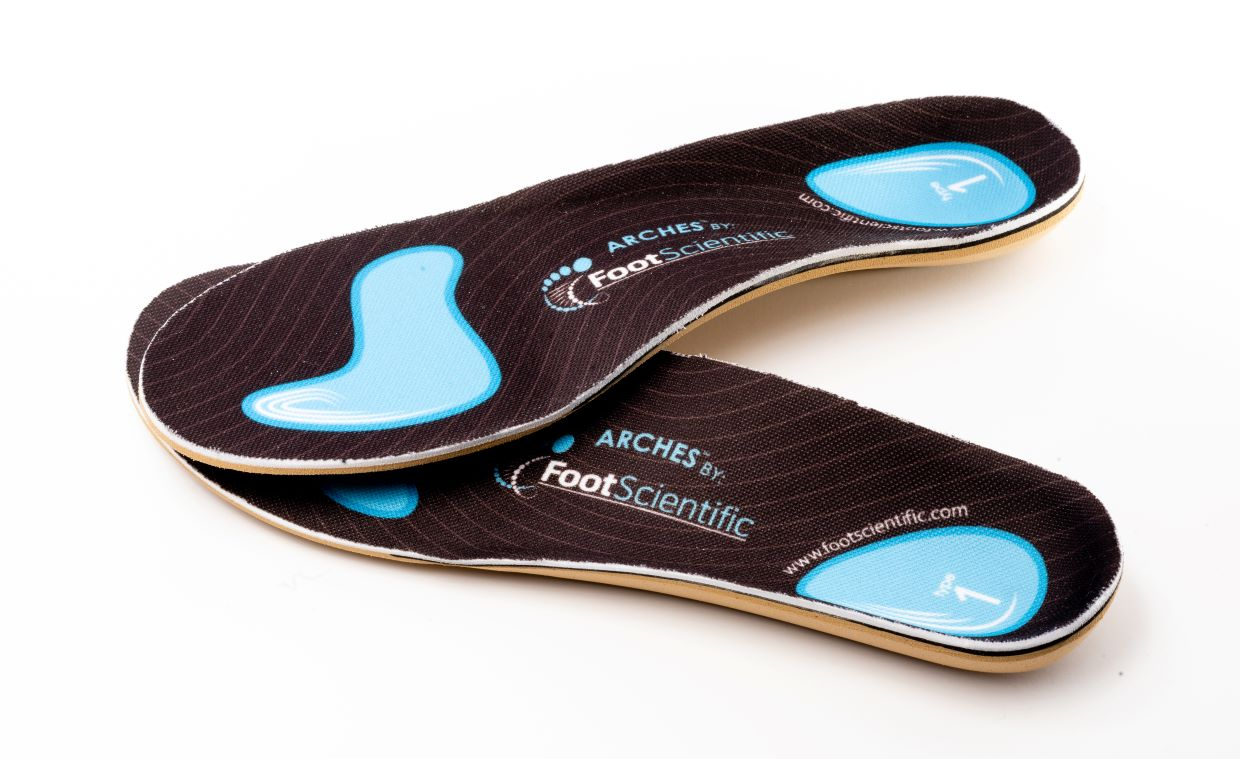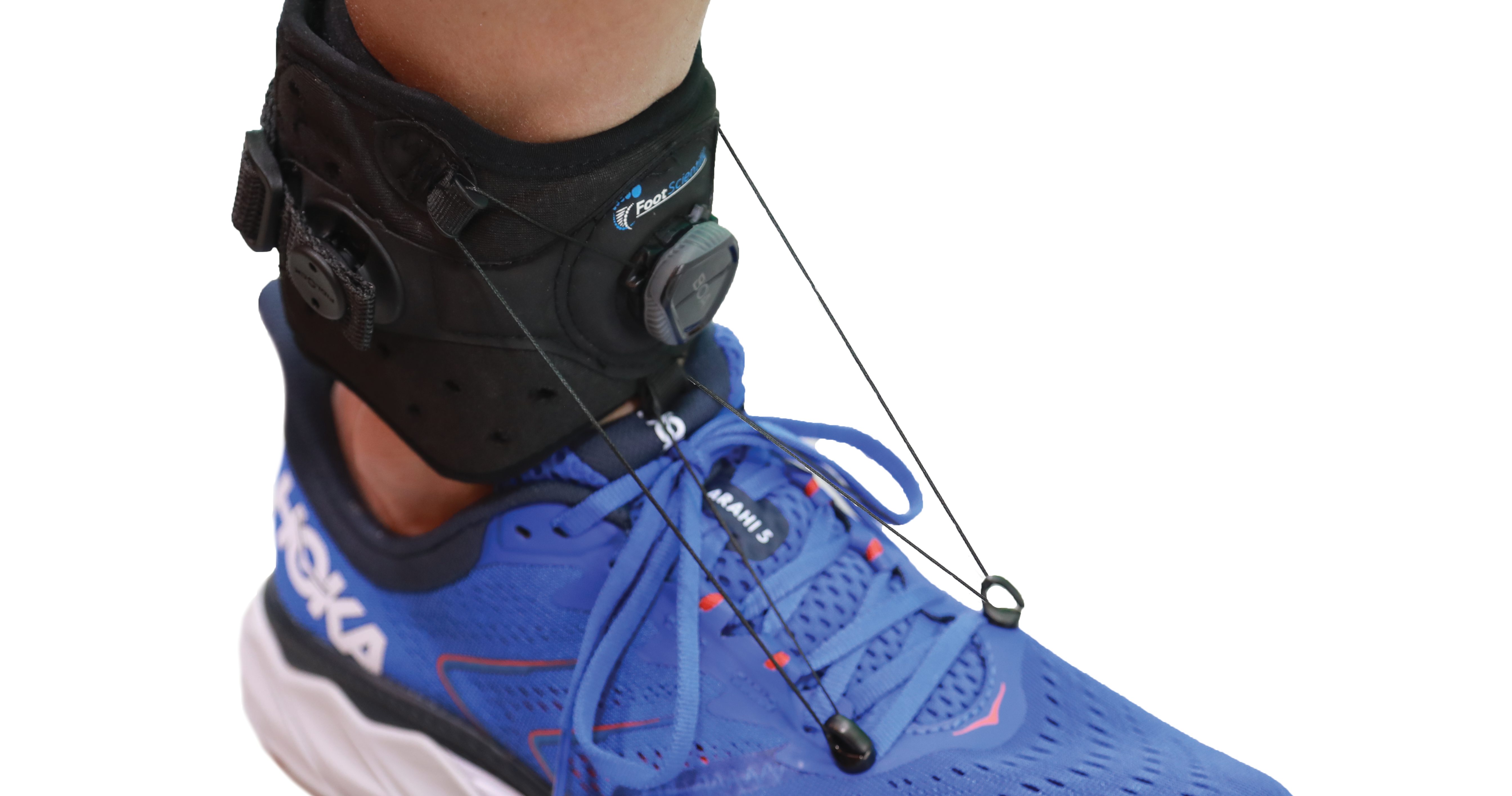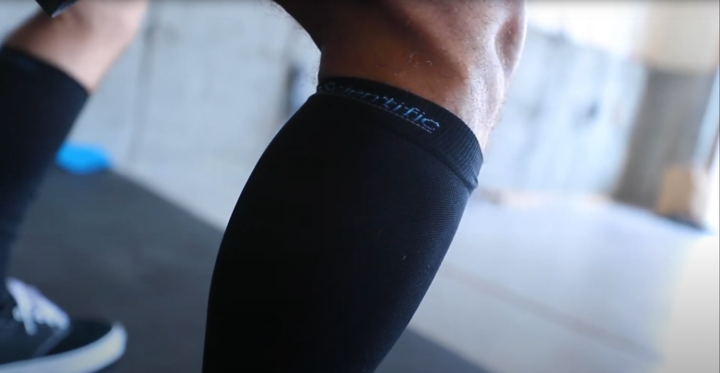Why Do My Feet Hurt?

Anyone on their feet for extended periods of time begins to feel that familiar ache. However, some people's feet are simply more vulnerable than others to pain. Why is this?
One reason is that the foot is such a complex system - having over 100 bones and ligaments. Wow. There is a lot of coordination going on. And just as we don't all have perfectly symmetrical faces (just ask the author), we also don't all don't have perfectly balanced feet.
As a result, some small bones and ligaments carry more than their fair share of the everyday tensions and pressures that keep us upright through the day.
This is particularly the case in feet that have the very common "deformity" of PRONATION (flat feet) and the less common "deformity" of SUPINATION (high arched or cavovarus feet)
When the foot is PRONATED, the heel is tilted inward in a "Valgus" position. SO rather than taking all the pressures of the day it was meant to absorb, it transfers much of the pressure to ligaments and bones that were meant to be supportive, not primary.
This same problem occurs in the SUPINATED foot, where the heel is tilted outward in a "Varus" position.
FootScientific addresses these most common foot deformities with its Type 1 (Pronation-corrective) orthotic and its Type 3 (Supination-correcting) orthotic. Its Type 2 orthotic cradles and more evenly distributes weight for the more typical arch.
By neutralizing the heel to its optimal position, your feet can carry the weight of your world much stronger and longer through the day before those familiar aches start to creep in!




